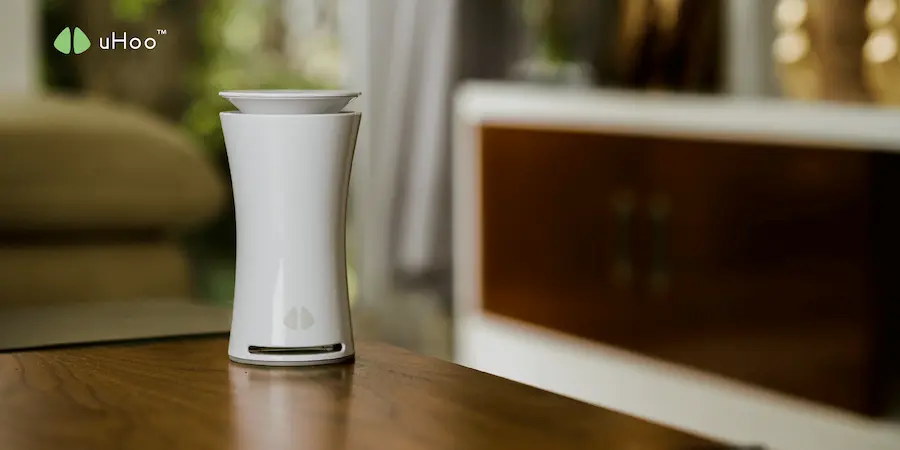2.5 ppm (parts per million) describes the presence of certain substances in the air. Generally speaking, exceeding 2.5 ppm of certain pollutants can result in health risks. This article provides a guide to reducing your exposure to these harmful substances.
How to Reduce 2.5 ppm Exposure:
- Improve Ventilation
- Homes: Open windows and doors regularly to increase air circulation. Use exhaust fans in kitchens and bathrooms.
- Offices: Ensure proper ventilation in all areas, including break rooms and meeting rooms.
- Minimize Source
- Reduce use of chemicals: Choose low-VOC or no-VOC paints, cleaners, and other household products.
- Limit exposure to fumes: Avoid using strong solvents or other chemicals in poorly ventilated areas.
- Properly maintain appliances: Keep heating and cooking appliances clean and well-maintained to minimize emissions.
- Control Moisture
- Address leaks promptly: Repair leaky roofs, pipes, and windows immediately.
- Use dehumidifiers: Reduce humidity levels in damp areas to prevent mold growth.
- Air Filtration
- Use high-quality air purifiers: Consider using HEPA filters to remove particulate matter and other pollutants from the air.
- Monitor Air Quality
- Utilize air quality monitors: Devices like uHoo can track indoor air quality parameters, including VOCs, particulate matter, and temperature and humidity, providing valuable data to identify potential issues.
Key Considerations
- Sensitivity Varies: Individual sensitivities to pollutants vary.
- Long-term Exposure: Even low-level, long-term exposure to certain pollutants can have adverse health effects.
By implementing these strategies, you can significantly reduce your exposure to harmful substances and improve the overall air quality in your home and workplace.



